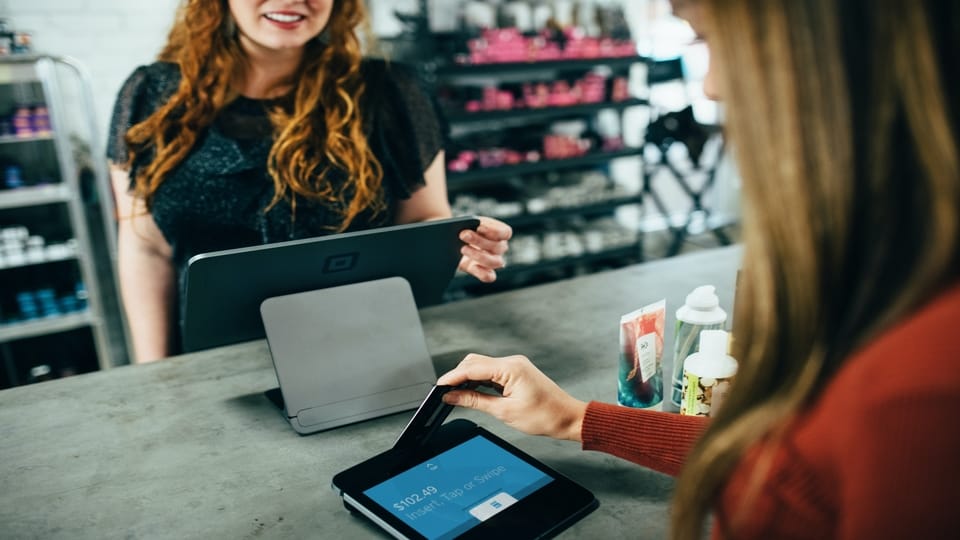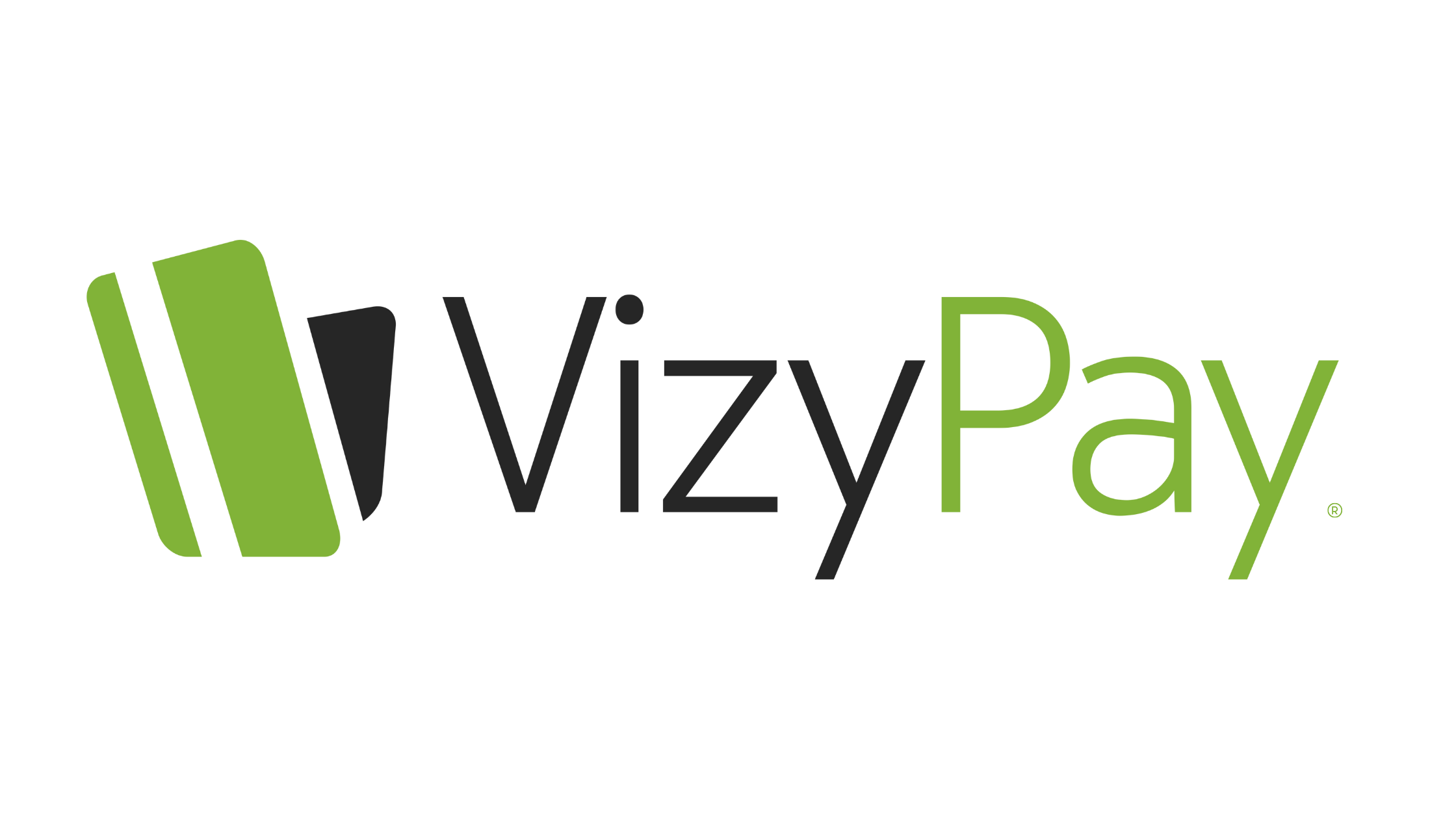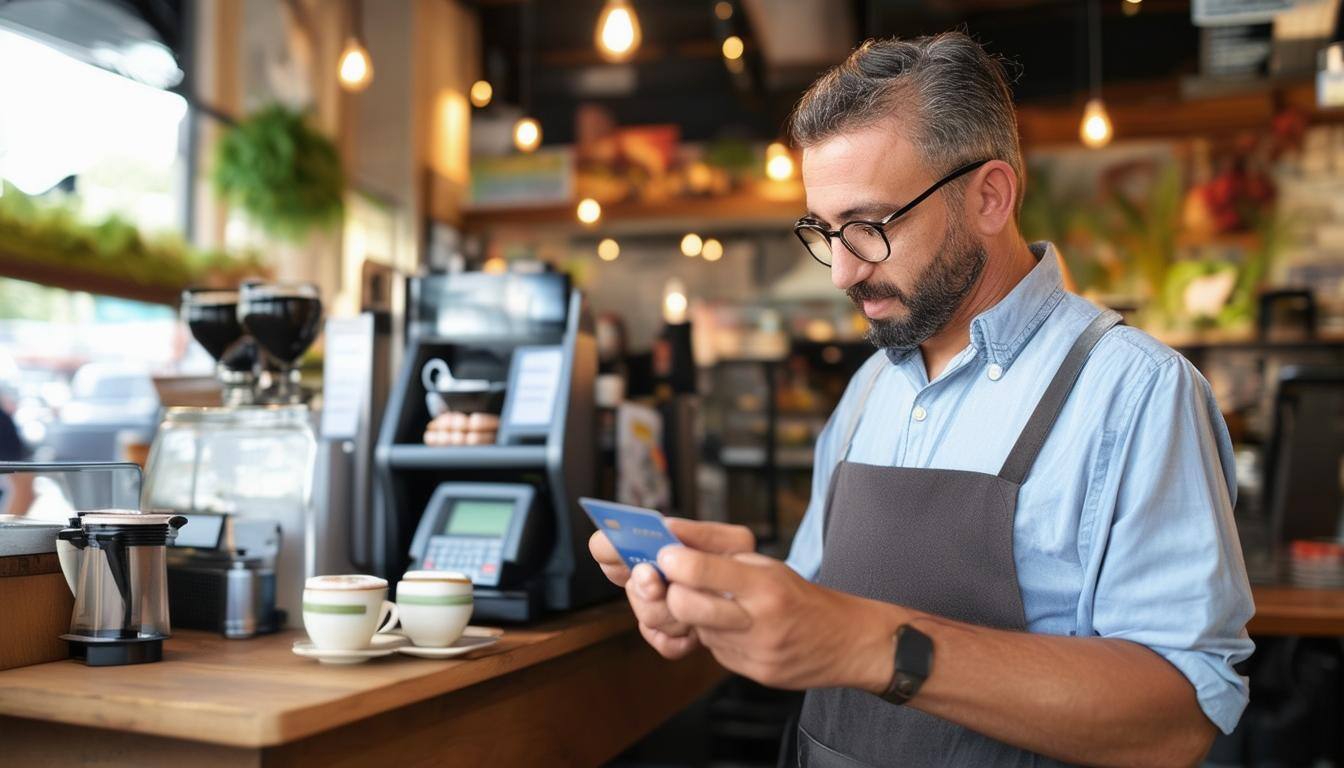Identifying and preventing fraud poses a tough challenge for merchants. Like technology, fraudsters are constantly evolving and looking for new ways to refine their techniques. It’s important to remember that not all fraud originates from the same source and that a one-size-fits-all strategy is bound to fail.
Your best chance of protecting your business is to implement a multilayer fraud management strategy to reduce risk, decrease losses, and retain revenue. What is a multilayer strategy, though, and how do you go about developing one?
Examining Fraud Prevention Tools
Some merchants believe they can get by deploying one or two fraud detection tools at checkout. This is a wrong move; given that fraud is an emotional problem, a good number of attacks can still slip by undetected if you’re not careful.
A multilayer fraud management strategy involves deploying numerous tools in a coordinated, deliberate manner. Each fraud detection mechanism has shortcomings and blind spots; with a variety of tools in play, though, they can supplement and cover one another’s vulnerabilities. This provides a more detailed, comprehensive impression of each transaction, allowing for better decisions.
Several tools are available to help you achieve this and defend your business from attack. And, the more thorough and aggressive your approach, the less chance there is of criminals finding a weak spot in your defenses. These are ten of the most effective tools when used in conjunction with one another.
1. Geolocation
When a buyer completes an order, geolocation technology pinpoints the user based on the IP address associated with the order. It allows you to compare the user’s IP address with the information on file to verify that the purchase was made from a suitable location.
2. Proxy Piercing
Geolocation isn’t an infallible means of detecting fraud because criminals can still disguise their IP addresses. Proxy piercing technology can help with this threat. It is designed to see these kinds of trickery and identify the user’s actual location.
3. Device Fingerprinting
This forensic technique is used to identify each purchase on the device used. It gathers unique information based on the hardware and software installed on the buyer’s device. Fingerprinting allows you to block devices associated with bad actors and pinpoint suspicious activity that could suggest an account takeover.
4. Address Verification
Address Verification Services (AVS) is a tool that examines the billing information provided by the buyer and compares it against the address on file with the card issuer. If the buyer can’t give the correct billing address, it red flags fraudulent activity.
5. Fraud Scoring
Fraud scoring examines a transaction based on multiple fraud indicators and pulls together a “score” to indicate the level of risk associated with a transaction. When incorporating a fraud scoring tool into your strategy, you can automatically reject any transactions that raise too many red flags.
A fraudster has the perfect opportunity to disguise an attack or redirect legitimate purchases if a customer makes a purchase and then later decides to change the shipping address. All similar order modifications need to be screened and evaluated for potential fraud. Most companies neglect this process because the order itself has been filtered. However, rescreening is an essential step in preventing post-transactional fraud.
7. Blocklists & Allowlists
A “blacklist” enables you to block traffic from individual users and users with a specific trait. For instance, you can block all traffic from certain countries or regions known as epicenters of fraud activity. A “whitelist,” on the other hand, blocks all traffic except for those outlined in the parameters of the list.
8. Velocity Checking
Fraudsters understand that time is their enemy. Consequently, they will try to steal as much as possible in a short period before their actions are discovered. Velocity checking will monitor the data involved in each transaction and flag a repeated purchase from the same user as suspicious. It may suggest a fraudulent activity if you receive a sudden surge in investments from one cardholder or shipping to the same address.
9. Machine Learning
Machine learning uses real-time insights fed into models based on common fraud red flags. These flagged transactions can be immediately rejected or set aside for manual review. The more data you collect, the more accurate the data will be. Over time, your technology systems will grow and be able to detect fraud with greater accuracy and speed.
10. Biometrics
Biometric technology is possible in mobile payments platforms like Apple Pay and Google Pay. These payment apps utilize a two-factor authentication; the user requires a passcode or thumbprint to unlock the device and then must provide another positive ID to authorize a purchase. Transactions made over mobile payments are also tokenized, meaning you have an additional layer of security.
Where Chargeback Management Fits In
As you can see, there are numerous tools available to help you detect and prevent fraud. The eCommerce industry is growing, though, and while this presents the opportunity for you to expand and grow your business, it also opens the door to new threats you need to consider. For instance, no fraud prevention strategy would be complete without including chargebacks in the discussion.
A chargeback is a credit or debit card payment reversal that comes directly from the bank. Though they provide a safety net for consumers who fall victim to fraud, illegitimate chargebacks (known as “friendly fraud”) can wreak havoc on your bottom line.
If left unchecked, chargebacks will lead to lost revenue, merchandise, shipping costs, processing fees, and added chargeback fees that can wreak havoc on your business over time. To eliminate merchant error and reduce the risk of a dissatisfied customer, it’s best to incorporate the following practices:
- Answer the phone in three rings or less
- Offer live customer service as many hours a day as possible
- Provide order fulfillment information, including confirmation emails, tracking numbers, and backorder notices
- Provide delivery confirmation to verify that the package was delivered to the address specified
An effective chargeback prevention strategy relies on providing excellent customer service and making the buyer's journey as smooth as possible. Make sure that customers always know how to reach a representative from the company to ask questions or resolve issues.
Your contact information, confirmation emails, and receipts should be available on your website. Your return policy should also be visible and clearly stated. If the customer feels that there are too many hoops to jump through to resolve an issue, they’re more likely to go to the bank and file a chargeback instead.
Take Immediate Action
Launching a multilayer fraud management strategy is never too early—or too late. Adopting multiple fraud tools is the only way to develop a comprehensive defense and stop bad actors from using the system against you.
It’s possible to protect your business from fraud. However, it will take time, consistency, and a willingness to attack the situation from all angles.
For more tips on creating and maintaining a successful, fraud-free business, explore the rest of the VizyPay blog.
This article was written by Monica Eaton-Cardone, an international entrepreneur, speaker, and author. She has more than two decades of experience in the eCommerce space as a merchant and service provider and is one of the world's leading experts on payments and consumer disputes. Monica is the Co-Founder and COO of Chargebacks911 A global risk mitigation firm helping online merchants optimize their profitability through chargeback management. Chargebacks911 has more than 350 employees globally, with offices in North America and Europe.
A global risk mitigation firm helping online merchants optimize their profitability through chargeback management. Chargebacks911 has more than 350 employees globally, with offices in North America and Europe.




.png)
.png)
.png)
.png)





-1.jpg)

-1.png?width=175&height=98&name=White%20VP%20Logo%20(1)-1.png)

